The difference between Volgograd and Saratov is like night and day. To be fair, Hitler never touched Saratov. And, for some reason, even the Soviets spared most of its gorgeous churches. The main street in the city center is this charming walking street, lined with cafés, theaters, bars, restaurants, and boutiques.
I call it a City of Nerds because it has a bunch of important research institutes, including six at the Russian Academy of Sciences, and several universities. Before the fall of the Soviet Union it was a “closed city,” meaning foreigners weren’t allowed. That means the research done here was very important indeed. Saratov is also where one of my favorite nerds, Yuri Gagarin, got his training. He moved to Saratov to be trained at a tractor institute but volunteered to learn to be a pilot. And then he flew into space.
I love this monument to Yuri because it shows him as a real person, not a spaceman. And look how earnest he looks, rushing somewhere important in his sweater:
His statute is on Cosmonauts’ embankment, a pleasant riverwalk overlooking the Volga.
Near the embankment is Saratov’s local museum. Unlike other museums (ahem), this one is staffed by enthusiastic lovers of Saratov. And I can see why they are so proud. The museum starts with some prehistoric arrowheads and stuff like that, which is never very interesting to me (no excuse for why that is). But then it moves into some artifacts from the 13th Century when the land was controlled by the Golden Horde. Look at what was once a wall panel:
And here, from the THIRTEENTH CENTURY is a khan’s robe:
I had to look all this up, but the Golden Horde were the heirs of Genghis Khan. So once Genghis Khan conquered most of Asia and Mongolia, his heirs spread the empire westward to include what is now Russia and other parts of Eastern Europe.
Then there’s kind of a gap in the museum’s exhibits (and in my understanding of history) until the 16th century. That’s when this area came under the Czar’s rule. Here is some beadwork from that era:
Next in the museum I saw this:
But this was from the 19th century. Now that I’ve seen what they did in the 16th century I’m not all that impressed, I must say.
It was a really festive atmosphere inside the museum because these high school students were there learning a folk dance while a teacher played the balalaika. The folk dance involved a boy courting a girl so there was plenty of giggling when these teenagers were re-creating the dance. I tried to stealthily take a picture but all I got were some blurry backsides.
There was this really interesting kind of icon that I’ve never seen before: a tapestry icon. The icon is painted on a wood panel, as always, but then it’s surrounded by embroidered velvet. It was used for Good Friday services.
It’s so odd to see wood and tapestry together. Maybe you can get a better sense of it with this close-up:
Some glass Easter eggs from that era were gorgeous. I’m afraid my camera couldn’t capture how there was a glass sculpture inside the eggs:
This exhibit really highlights the problems facing Russia at the end of the 19th century. On the one hand, you’ve got these wealthy people with fancy furniture while at the same time you have peasants working the fields with the crude plow seen here.
So the hope of the Revolution in 1917 was to put people on a more even footing. Of all the communist banners I’ve seen, I think this Saratov one is by far the most attractive:
The museum then went on to cover something I did not know existed: something called the Cultural Army. Here’s one of their armbands (at the top) and underneath is a photo of the Society of the Militant Godless (!):
They went around posting up slogans like these which read “100% attendance at work on Easter” and “Shock workers of the Culture camp! At the vanguard of socialist construction. For the industrial-financial plan. For the organized agricultural plan! For the strengthening of the collective farms!”
In addition to promoting industry and wiping out religious faith, the Culture Army was also tasked with teaching everyone to read. This inspirational poster says they must teach one million people to read in 1929-1930. “Are you still not participating in the Culture Camp? SHAME!”
I have also never seen a poster demonizing Trotsky and Bukharin directly. Leon Trotsky and Nikolai Bukharin were two of the original Bolshevik revolutionaries. Under Stalin, those guys, um, “fell out of favor,” I guess you could say. I always assumed they were just kind of officially forgotten about, but this poster below reads:
“The Trotsky-Bukharin betrayers wanted to taken from the Soviet people their joyful, abundant life. No mercy for enemies of the people and traitors of the socialist motherland.”
The museum goes on to document how successes were glorified from in the 50s and later. This woman is the best “chickener” of her collective farm.
The Soviet leadership attempted to deal with the public’s discontent over the poor quality of consumer goods by introducing something called the “Sign of Quality.” Products bearing this symbol were supposed to be of the absolute top quality available in the Soviet Union.
A friend of mine told me that this “Symbol of Quality” was the subject of a joke. If you look at the symbol as being a drawing of a person, with the CCCP as the head, it looks like someone throwing up their hands and saying, “Well, this is as good as we can do!”
The museum then delves into a startlingly frank portrayal of Russia in the 90s. The top photo here is a teacher’s protest “It’s a disgrace to the leadership when a teacher lives in poverty!” The bottom photo is one of a nurse’s strike: “A hungry doctor is dangerous to patients.” These photos are both from 1992.
Here’s a woman eating at a newly-organized soup kitchen in 1992:
Luckily, things did get better, as you can see from this ATM from 2004:
And Saratov continues to survive today thanks in part to its bus factory.
I couldn’t go back to my hotel because I had already checked out, so I went to a café to wait for my Internet acquaintance to get off work. I used the Couchsurfing website again to find locals to chat with. This time I met up with Igor (not his real name), who is a household appliance technician and amateur actor. The repair work pays well and in the summertime he’s frequently invited to Bulgaria to stage theatrical productions. We met and walked for a while. He told me that my impression of Saratov is not entirely accurate. Yes, the city center is charming, but most people live in the town’s outskirts and transportation infrastructure is not good. There is no metro and the roads were not designed for the heavy traffic of today’s commuters. He said he had some friends whose commute was three hours–one-way– on the bus. He also said they have a brain drain. Almost all of his longtime friends have moved to the nerve centers of Moscow and St. Petersburg.
But he doesn’t want to move to either of those cities. Interestingly, Igor is a huge fan of Ukraine. He has spent a lot of time there and even has family members in various areas. The Crimea holds a special place in his heart. He had vague ideas about moving to Odessa, but that’s impossible now, he says. His Ukrainian family members are now refusing to speak to any of their Russian relatives. This sad story is one I have heard before. Someone I was talking to at the Academy of Sciences told me the following story: A woman has a Russian grandmother living in Ukraine. This grandmother expressed her opinion about current events while she was out at the store and it caused a ruckus. It ended when someone threatened to beat her up and she ran away. The grandmother has now moved in with her daughter here in Russia even though she’s been living in Ukraine for half a century.
This sad state of affairs breaks Igor’s heart since it’s torn his family apart. That’s what civil wars do, I suppose.
We climbed up onto a rooftop to get a view of the city lights. Here you can see Saratov’s traffic streaming behind Igor in the background.
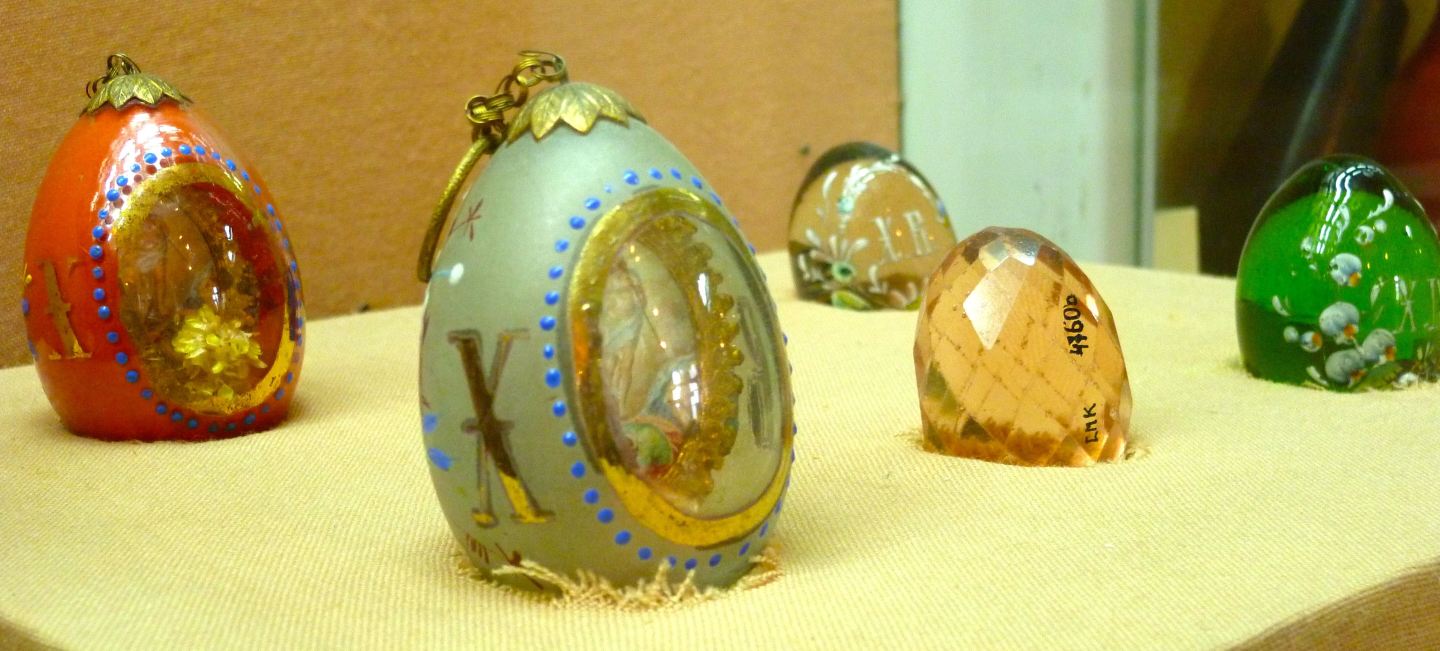
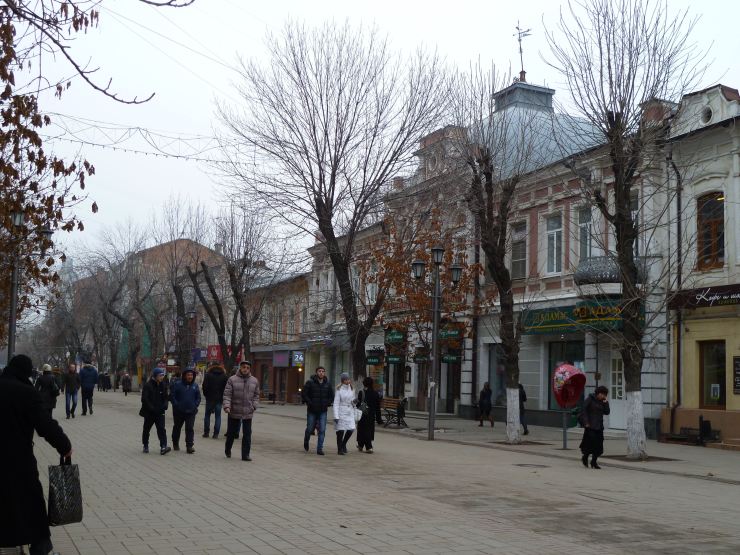
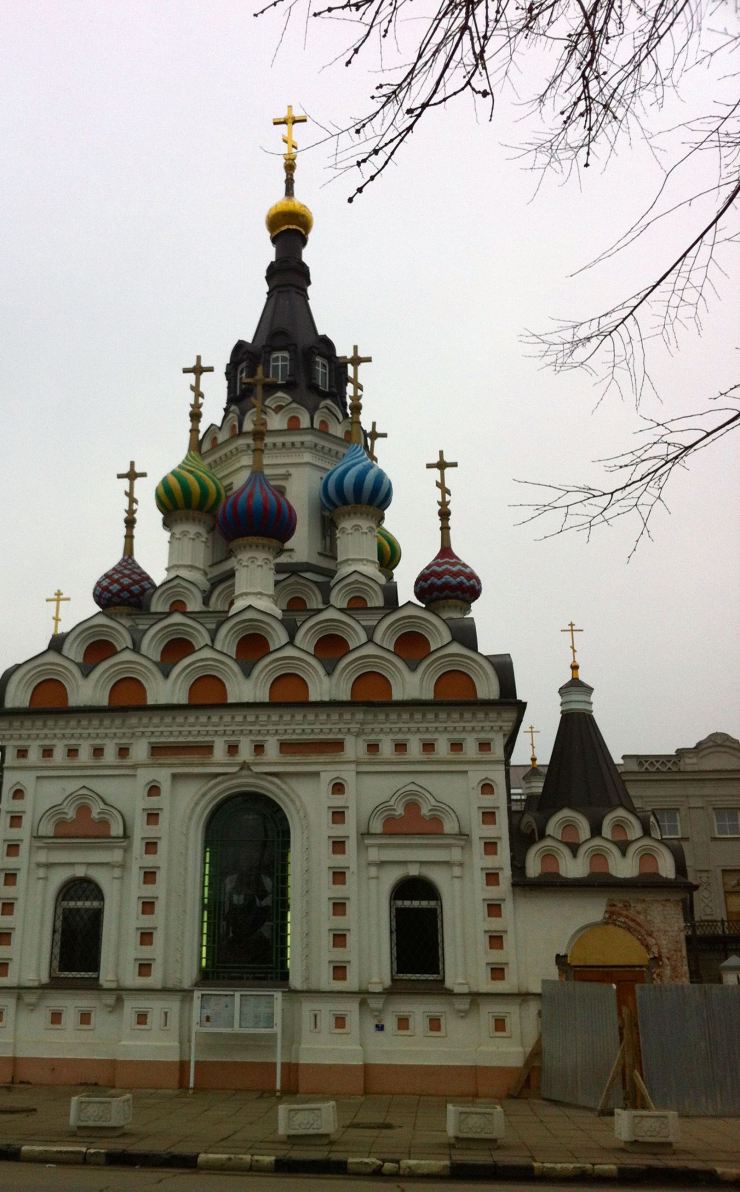
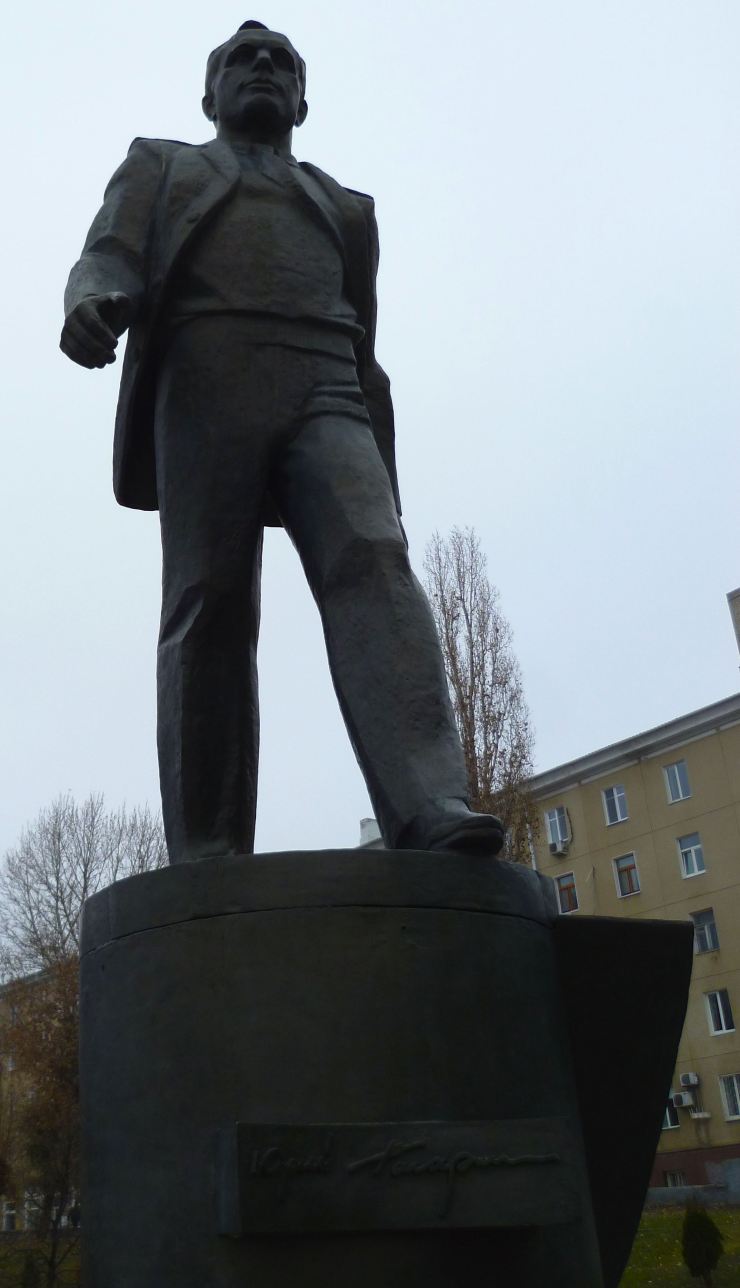
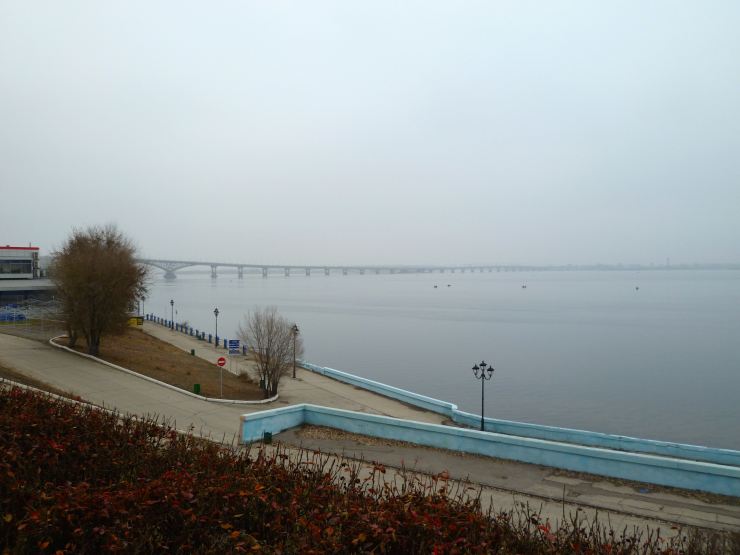
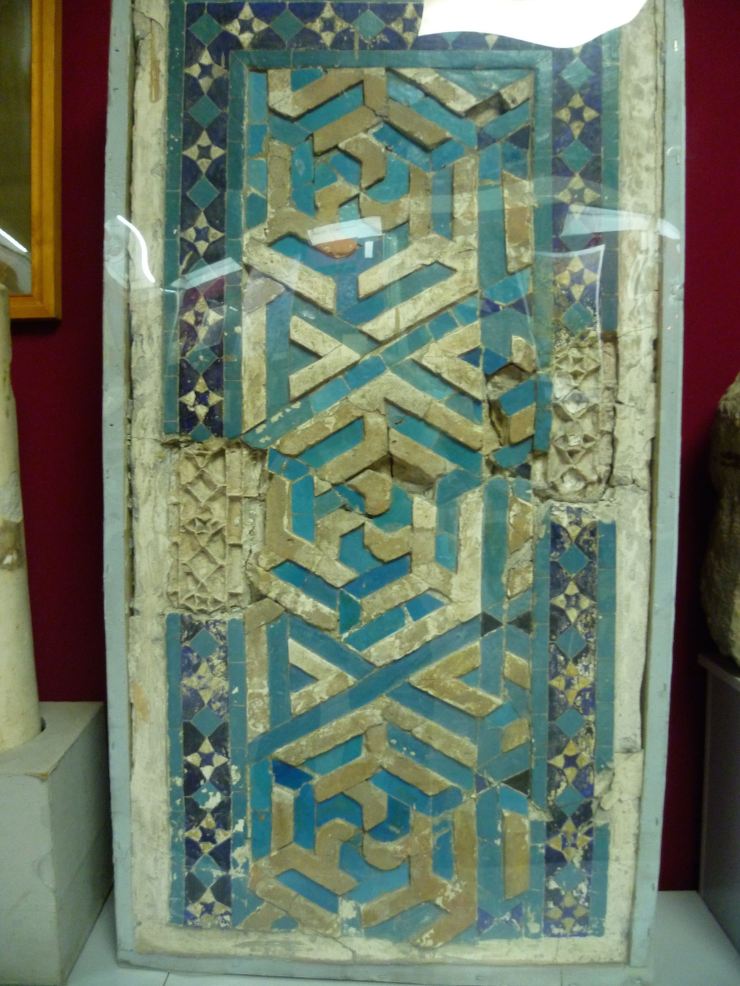
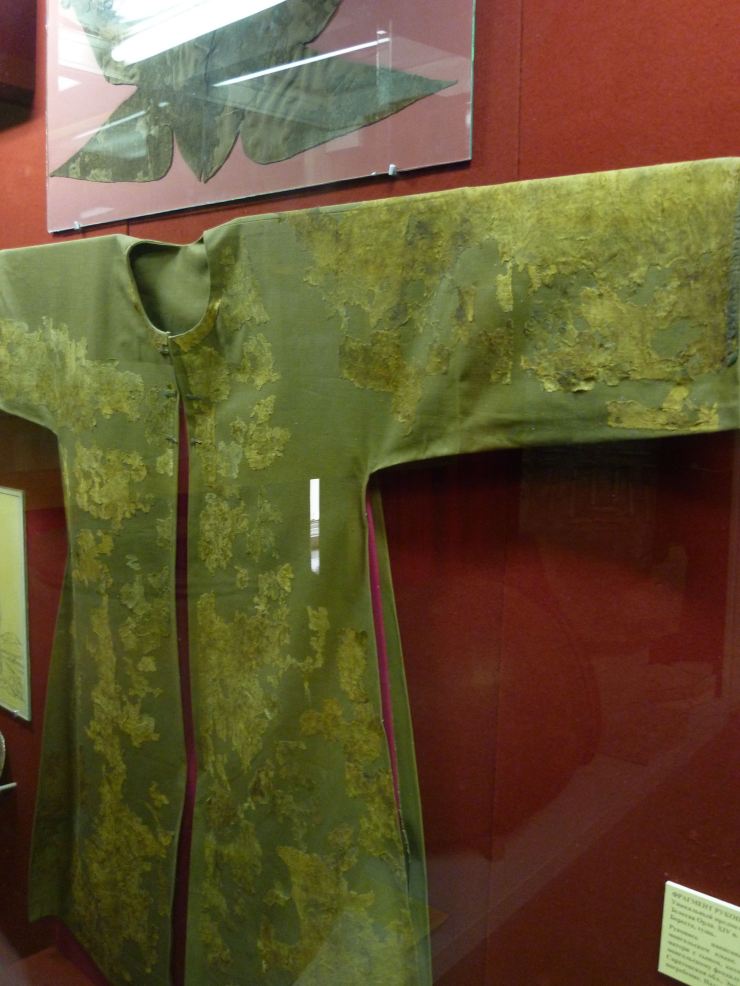
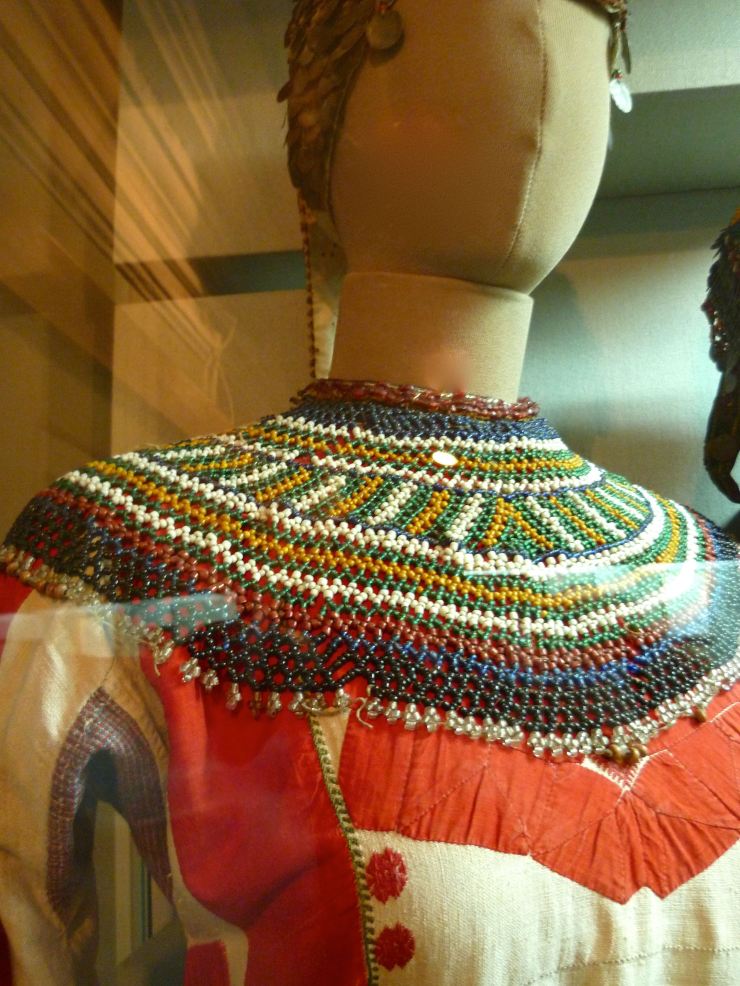
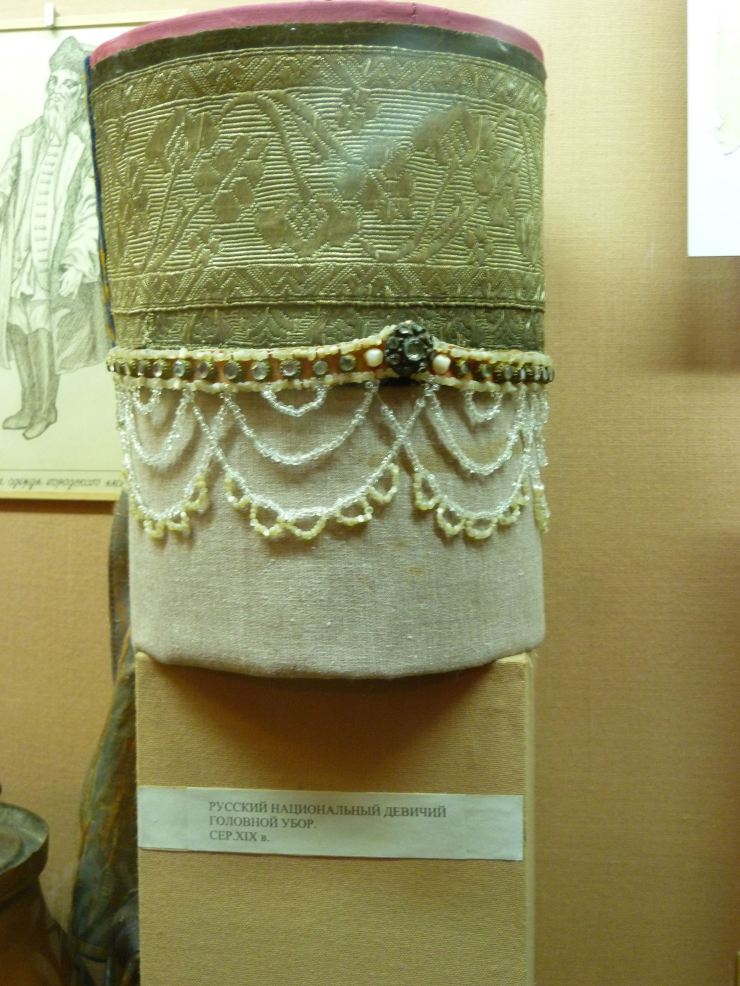
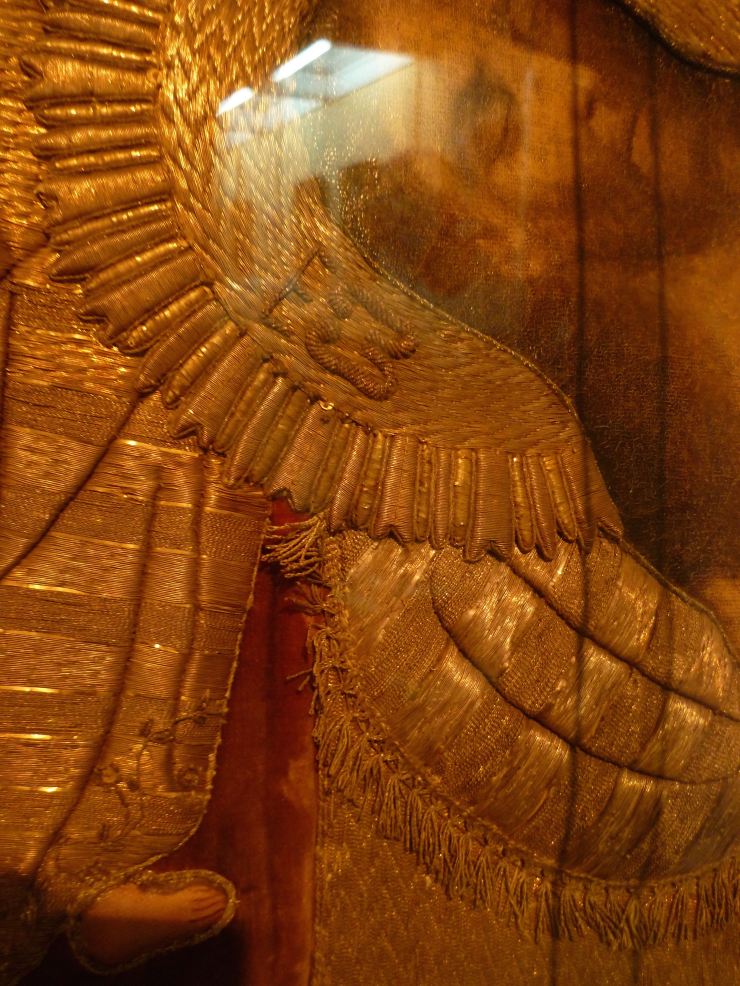
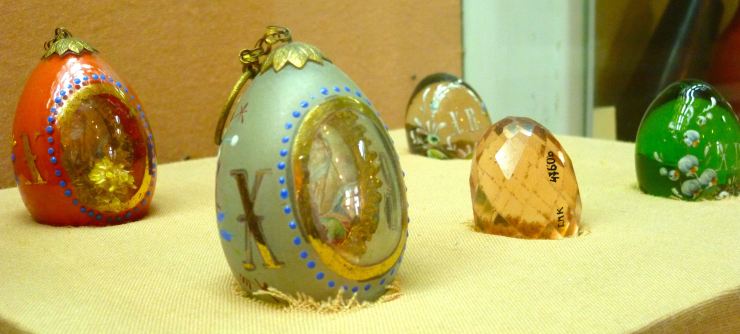
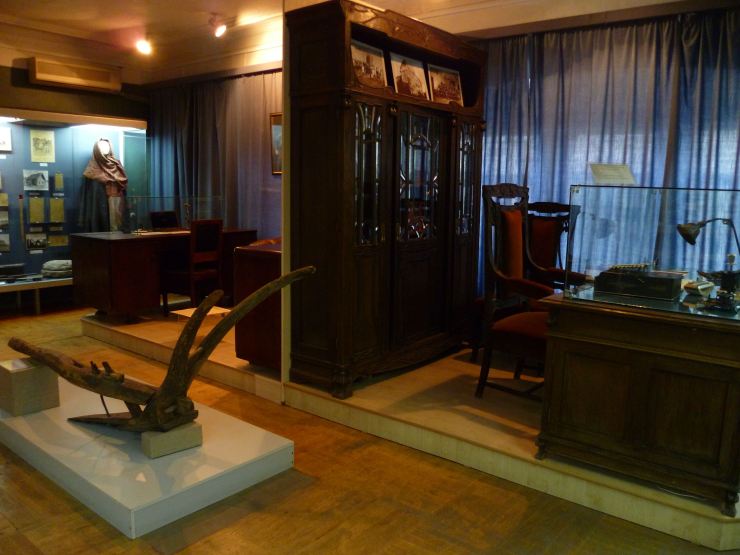
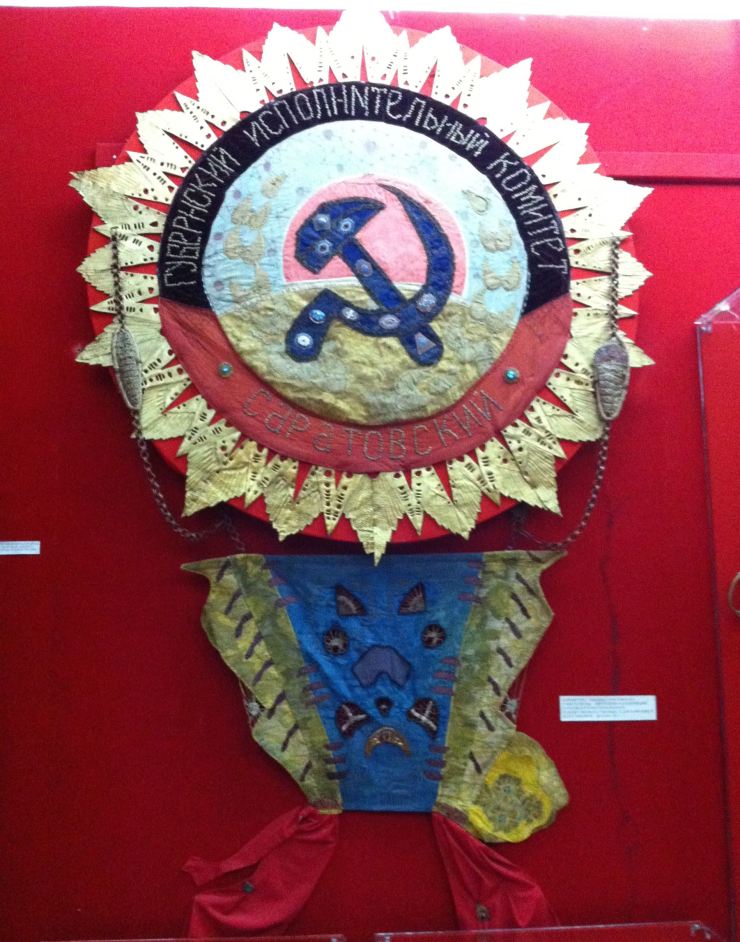
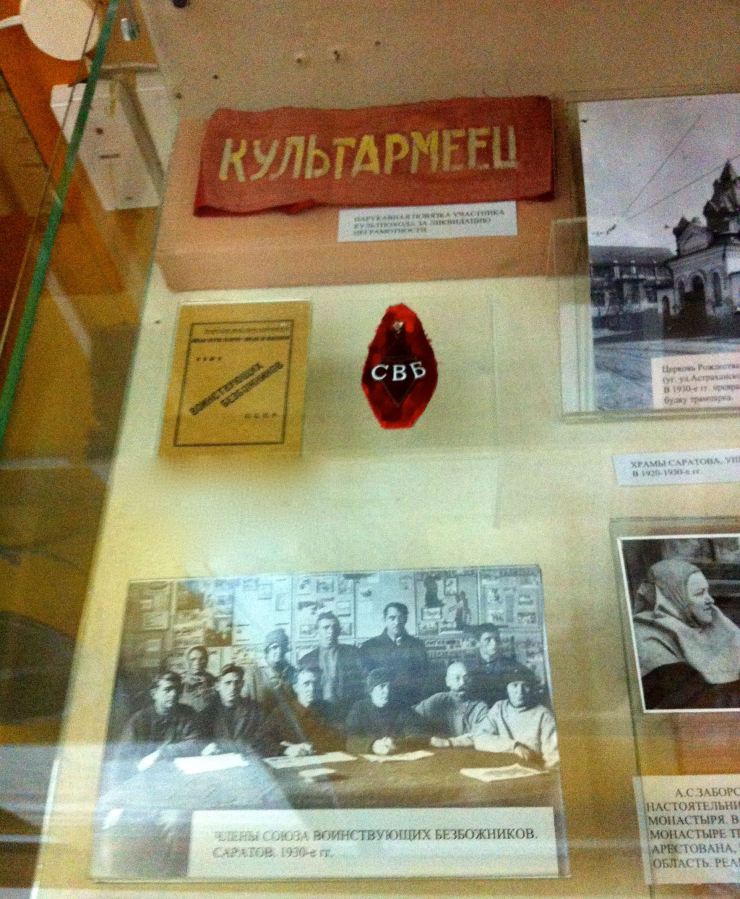
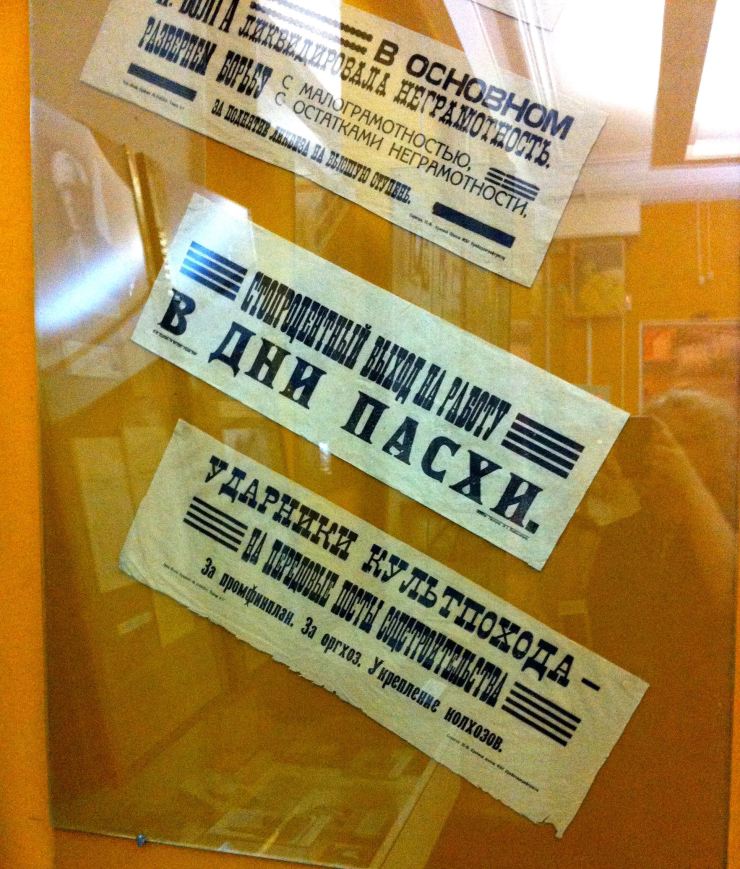
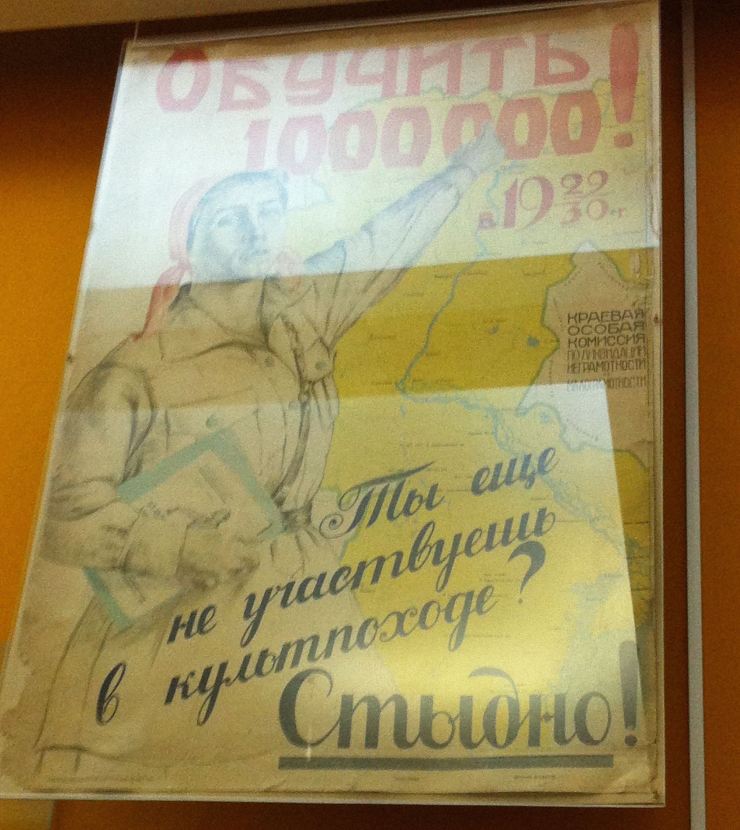

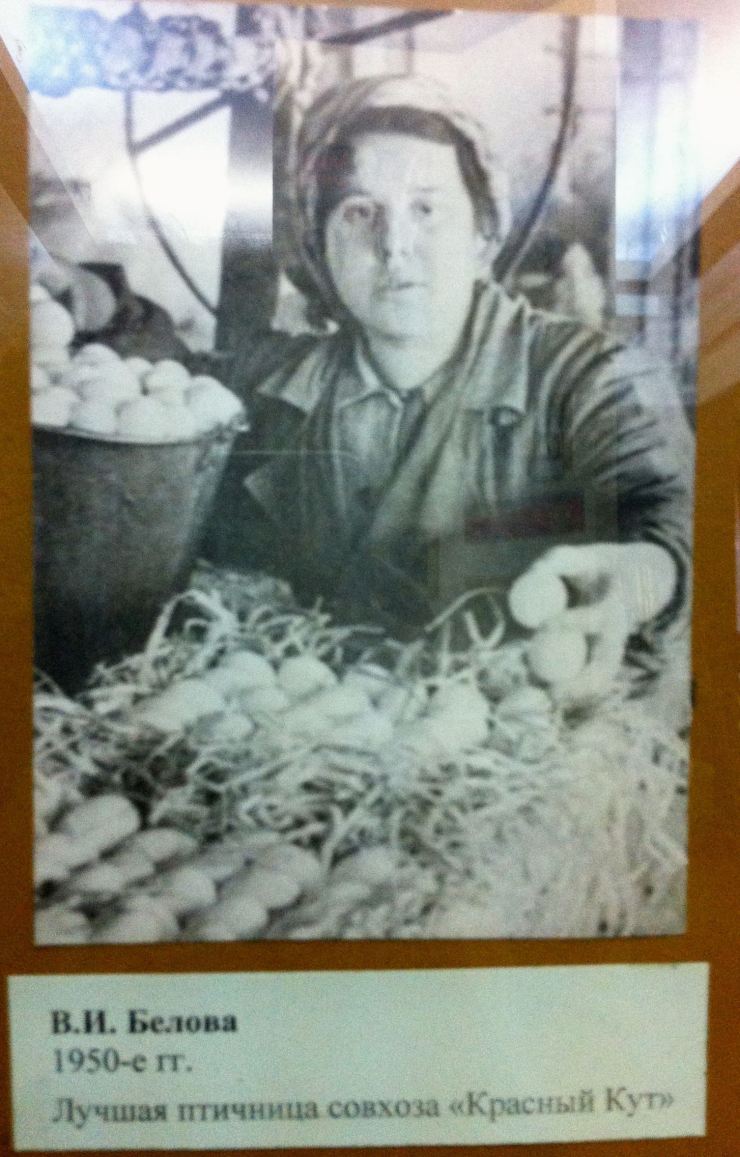
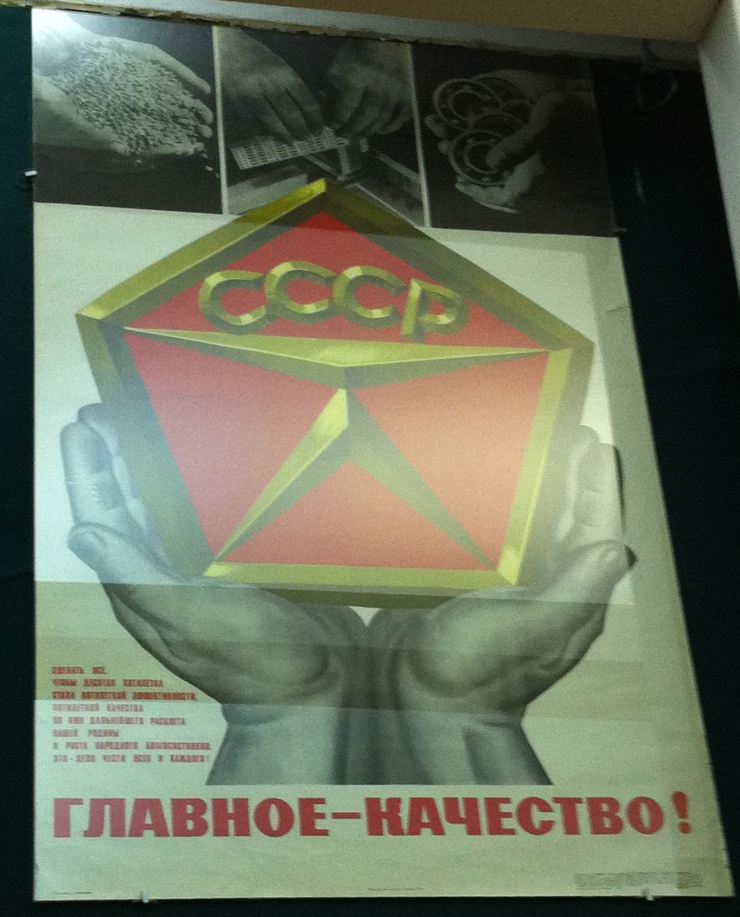
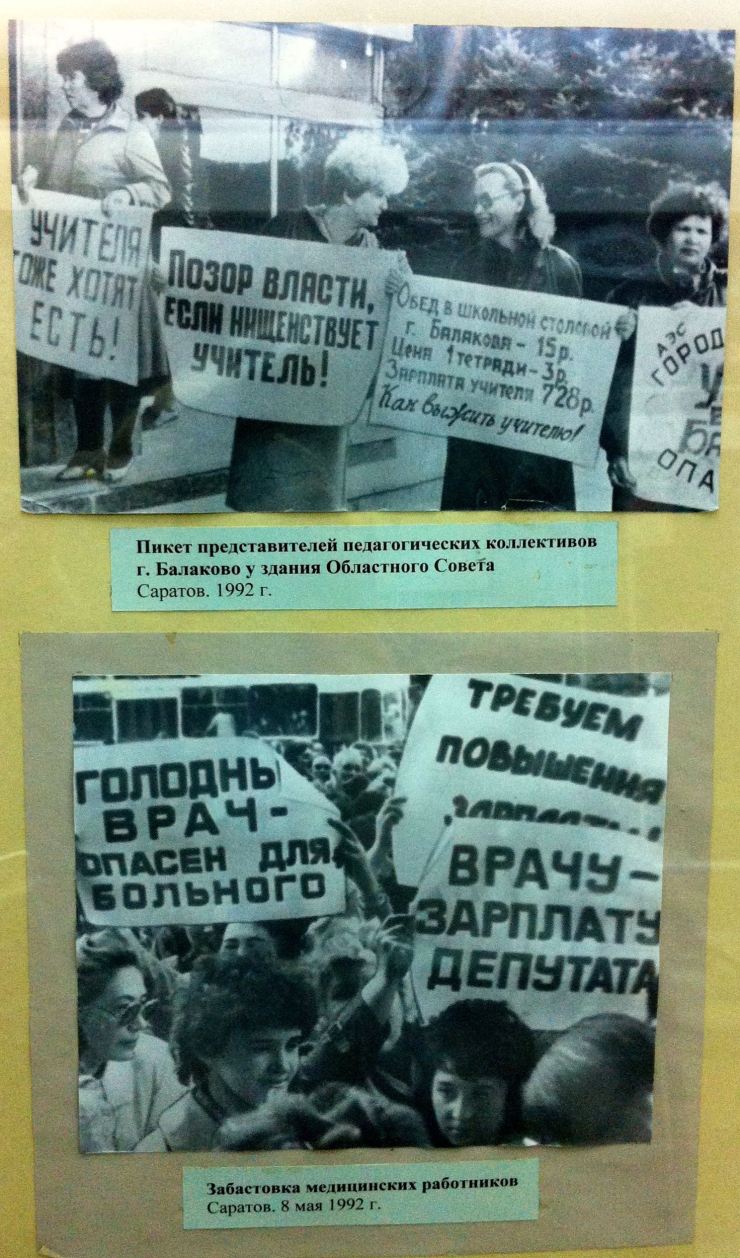
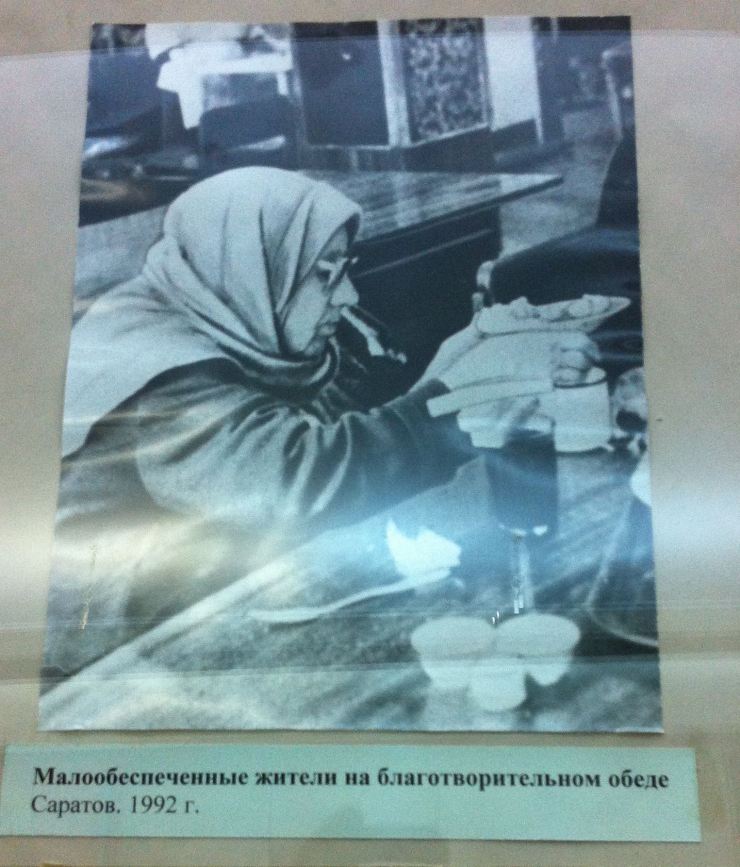
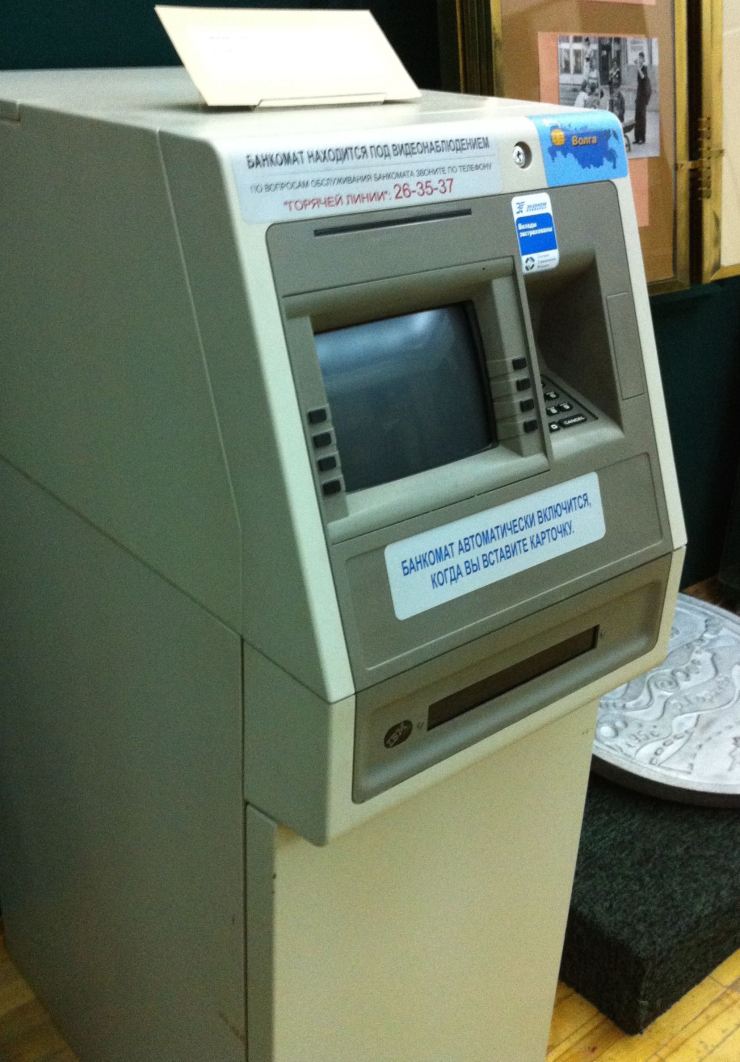
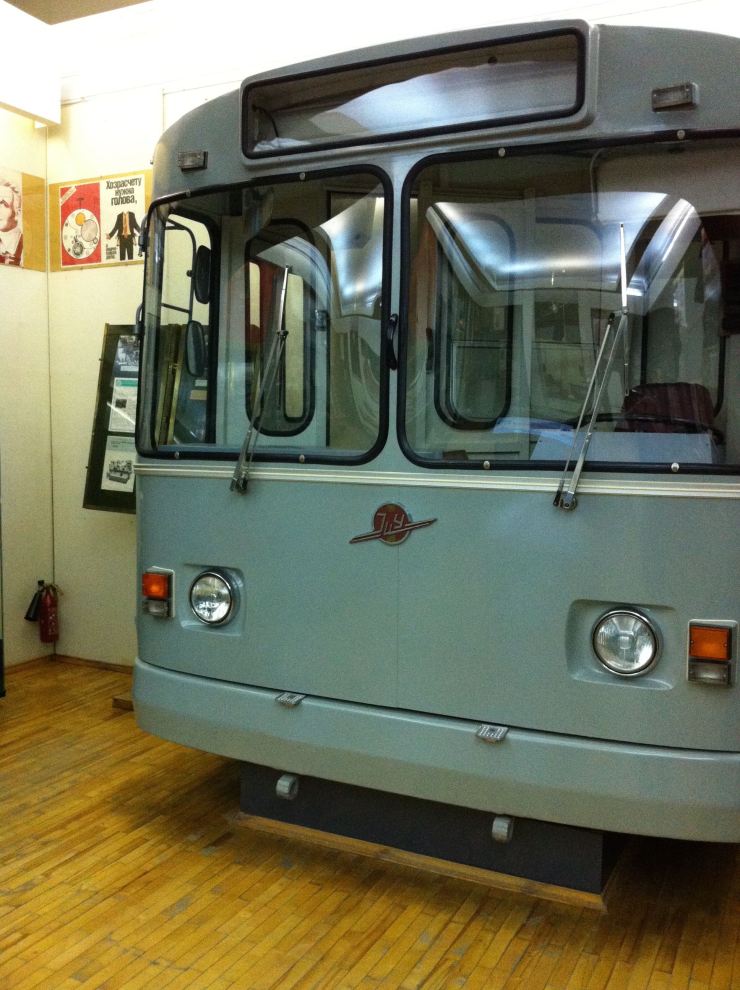
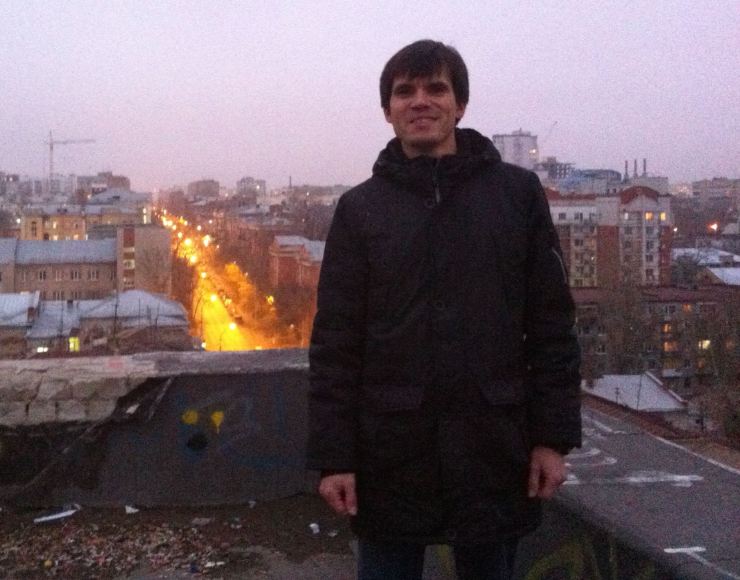
Great story! But where is the Conservatory – one of the most beautiful buildings in Russia? ))
LikeLike